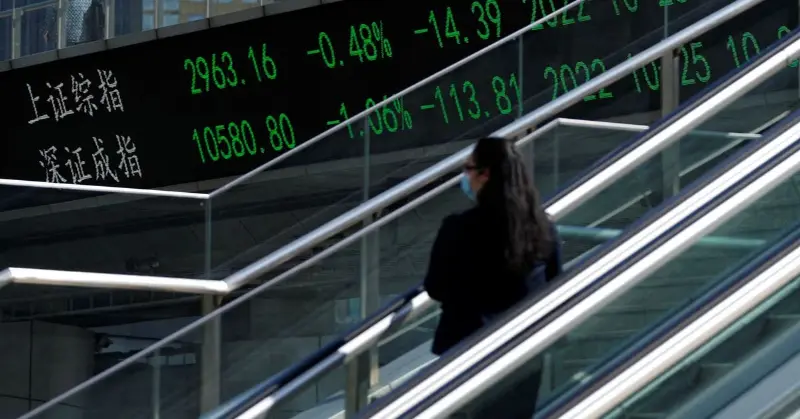
China’s recent decision to halve the stamp duty on stock trades is a strategic move aimed at revitalizing the country’s sluggish stock market. With the post-pandemic recovery showing signs of faltering, the Chinese government is keen to inject new life into the economy. This reduction in stamp duty is seen as a step in the right direction, but investors are calling for a more robust policy response, including substantial government spending.
The Chinese stock market has struggled to regain its momentum after being hit hard by the pandemic. The reduction in stamp duty is intended to encourage more trading activity and attract investors back to the market. By lowering the transaction costs, the government hopes to stimulate investment and boost market liquidity. This move is part of a broader effort to support economic growth and restore confidence in the financial markets.
However, some investors argue that a more aggressive approach is needed to address the challenges facing the Chinese economy. They believe that substantial government spending is necessary to jumpstart growth and provide a strong stimulus to the stock market. While the reduction in stamp duty is a positive step, it may not be sufficient to fully reignite investor interest and restore market confidence.
China’s decision to halve the stamp duty on stock trades is a proactive measure to revive the country’s flagging stock market. It is a part of a larger strategy to support economic recovery and restore investor confidence. However, some investors are calling for more substantial government spending to provide a stronger stimulus. As China continues to navigate the post-pandemic landscape, it remains to be seen whether these measures will be enough to reinvigorate the market and drive sustained growth.




